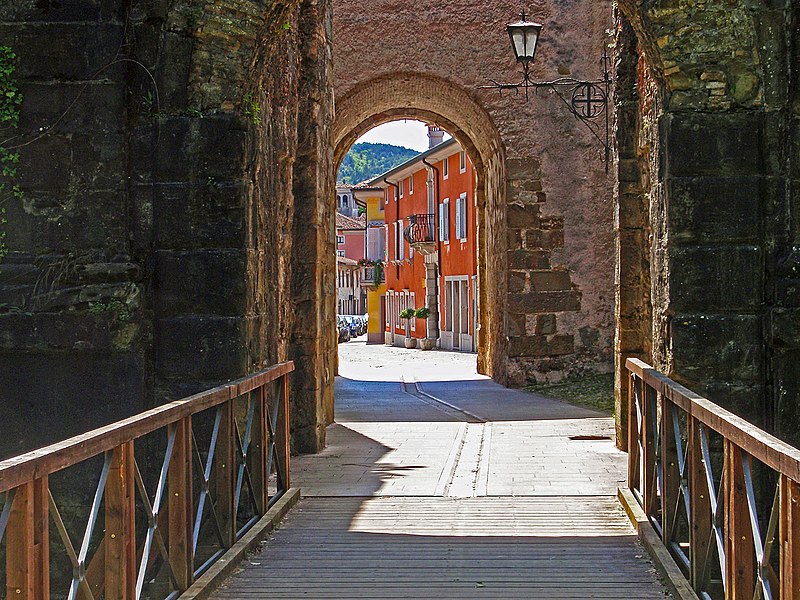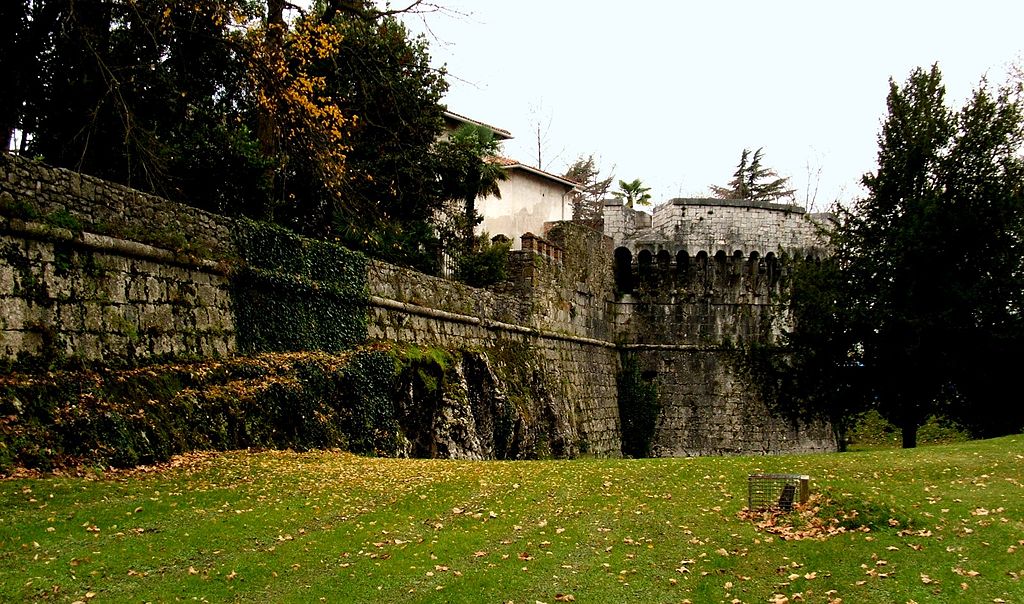With its Slavic name referring to the ancient fortresses of the town, Gradisca still has many buildings that bear witness to different regional and historical influences. The Jewish presence probably dates from the 16th century.

Among the famous families are the Morpurgos, who were prominent in banking but also in the interpretation of biblical texts, philology, and medicine. However, the rights granted to the Jews in the city were gradually challenged, and in 1769 they had to move to a ghetto, mainly due to jealousy from other populations.
The ghetto was located in the Giardino, near the orchard of the Seminary of Monte di Pieta. Eight houses were built there, as well as a synagogue and a silk thread factory. The synagogue was inaugurated in 1769, the year the ghetto was entered. The main street of the ghetto , Via Del Tempio Israelitico, is now called Via Petrarca. The synagogue was located at number 5 of this street. Some architectural traces remain on buildings in this street.
The segregation was ended during the reign of Joseph II and definitively abolished by the arrival of the French in 1797. The synagogue, as well as a large part of the ghetto and the walls were destroyed during the First World War. Remains of the ghetto can be seen in the Museo Documentario , which also houses old documents including maps and ketuboth.

The Jewish community had reached its peak in 1857 with 135 people. They had been able to integrate various professional activities, especially in the silk industry. Urban planning measures and the gradual change of Gradisca, which had been a cultural centre for centuries, caused many people to leave. Thus, in 1895, there were only 29 Jews left. The community became part of the larger community of Gorizia.
A Jewish cemetery is located north of the highway from Udine to Trieste. The oldest of the 78 graves dates from 1805 and the most recent from 1940.
Sources : Jewish Itineraries (de Silvio G. Cusin et Pier Cesare Ioly Zorattini)